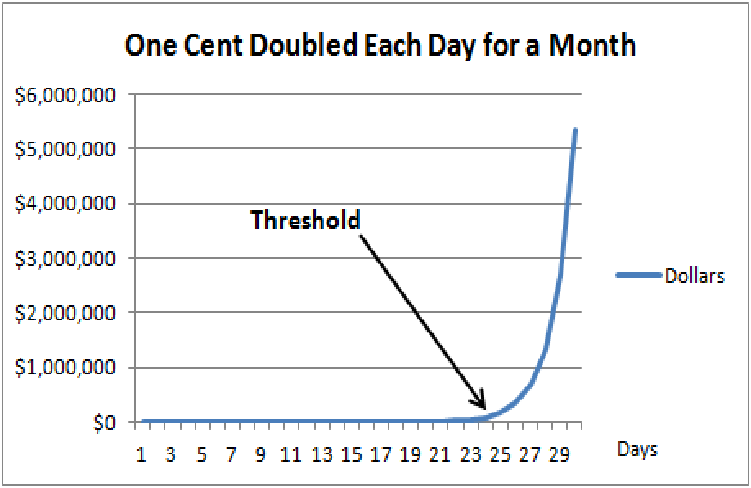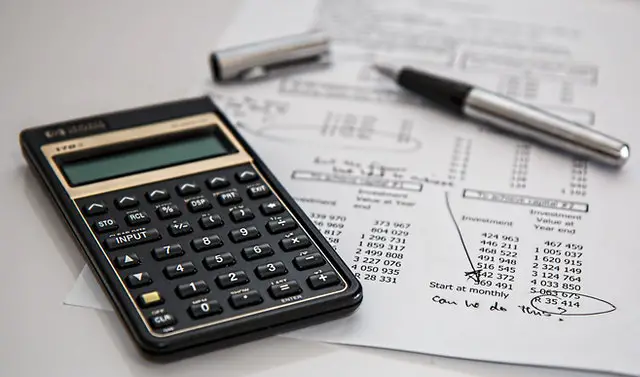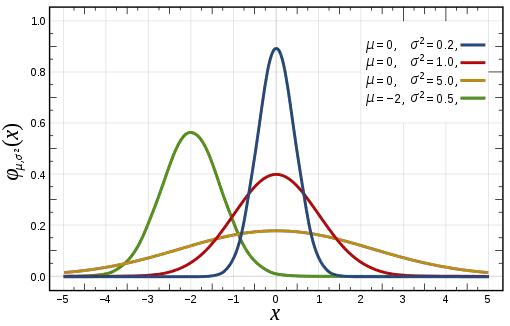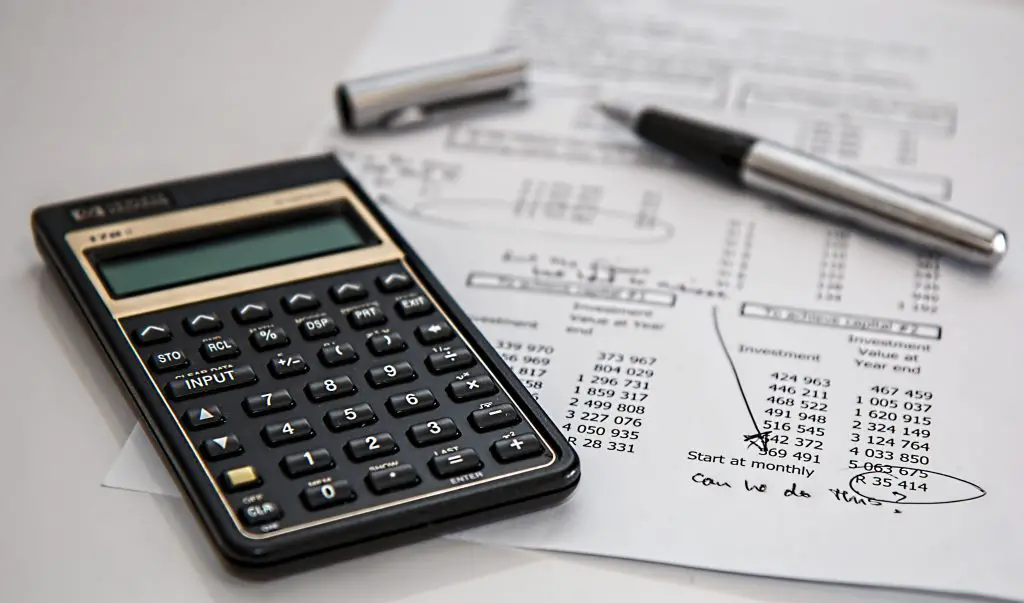10 Math Rules That Made Warren Buffett a Billionaire
Warren Buffett’s legendary investment success stems from his disciplined application of mathematical principles to stock market investing. While he famously stated that complex math isn’t necessary for successful investing, his wealth-building strategy consistently relies on simple fundamental mathematical concepts that provide a systematic framework for evaluating opportunities and managing risk. Here are the ten math […]
10 Math Rules That Made Warren Buffett a Billionaire Read More »








